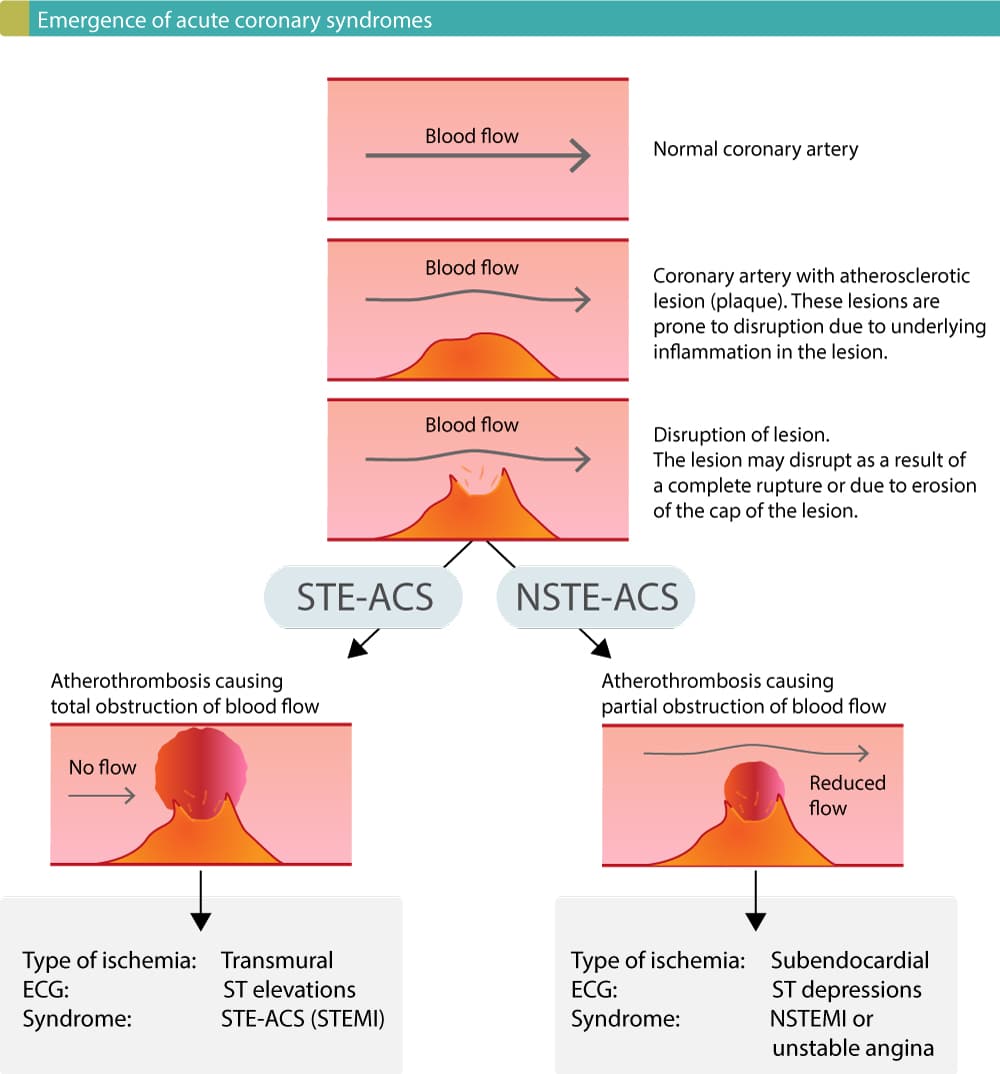

The research was in part supported by the National Institute for Health Research infrastructure at Leeds.Ĭompeting interests AMM holds a fellowship from the British Heart Foundation in support of this study (FS/3). Boehringer-Ingelheim UK Ltd provided the study drugs (alteplase 10 mg, 20 mg and matched placebo). T-TIME was supported by grant 12/170/4 from the Efficacy and Mechanism Evaluation (EME) programme of the National Institute for Health Research (NIHR-EME). CB is supported by grants from the British Heart Foundation (RE/7 FS/3). CB is guarantor.įunding AMM is funded by a fellowship from the British Heart Foundation (FS/3). KAAF, RCT and NC contributed to interpreting the data and revising the work critically for intellectual content. JG, KGO, MM, CB, DM, SC, AHG, CA, HE, JC, AW and NC contributed to data acquisition. PMcC and CB analysed the magnetic resonance images. AMM, PD and AM performed the statistical analyses. AMM, CB and MM performed the angiogram analyses. AMM and CB conceived the idea for the manuscript. Professor Colin Berry, BHF Glasgow Cardiovascular Research Centre, University of Glasgow, Glasgow G12 8TA, UK .uk 15 Department of Cardiology, University of Edinburgh and Royal Infirmary of Edinburgh, Edinburgh, UK.14 Electrocardiology Group, Royal Infirmary, Glasgow, UK.13 Department of Haematology, Glasgow Royal Infirmary, Glasgow, UK.12 Wessex Cardiac Unit, University Hospital Southampton NHS Foundation Trust, Southampton, UK.11 Barts and The London Hospital, London, UK.10 Department of Cardiology, Royal Wolverhampton Hospitals NHS Trust, Wolverhampton, Wolverhampton, UK.9 Liverpool Heart and Chest Hospital NHS Foundation Trust, Liverpool, UK.8 Division of Cardiology, University of Leicester, Leicester, UK.7 Manchester University NHS Foundation Trust, Manchester, UK.6 James Cook University Hospital, Middlesbrough, UK.5 Leeds Institute of Cardiovascular and Metabolic Medicine, University of Leeds, Leeds, UK.4 Department of Cardiology, Leeds General Infirmary, Leeds, UK.3 Robertson Centre for Biostatistics, Institute of Health and Wellbeing, University of Glasgow, Glasgow, UK.2 British Heart Foundation Glasgow Cardiovascular Research Centre, Institute of Cardiovascular and Medical Sciences, University of Glasgow, Glasgow, UK.1 Department of Cardiology, Golden Jubilee National Hospital, Glasgow, UK.T-TIME (Trial of low-dose adjunctive alTeplase during primary PCI) investigators.TIMI 2 flow (partial reperfusion) is delayed or sluggish antegrade flow with complete filling of the distal territory.TIMI 1 flow (penetration without perfusion) is faint antegrade coronary flow beyond the occlusion, with incomplete filling of the distal coronary bed.TIMI 0 flow (no perfusion) refers to the absence of any antegrade flow beyond a coronary occlusion.'TIMI Grade Flow' is a scoring system from 0-3 referring to levels of coronary blood flow assessed during percutaneous coronary angioplasty: TIMI risk can be calculated on the TIMI website under "Clinical Calculators." 'TIMI risk' estimates mortality following acute coronary syndromes. % risk at 14 days of: all-cause mortality, new or recurrent MI, or severe recurrent ischemia requiring urgent revascularization. ST changes of at least 0.5mm on admission EKG At least 2 angina episodes within the last 24hrs Or female first-degree relative or mother less than 65). (CAD in male first-degree relative, or father less than 55, Such as: Hypertension -> 140/90 or on antihypertensives, Known Coronary Artery Disease (CAD) (coronary stenosis >= 50%) Aspirin use in the last 7 days (patient experiences chest pain despite ASA use in past 7days) TIMI Score Calculation (1 point for each): It is used to categorize a patient's risk of death and ischemic events and provides a basis for therapeutic decision making. The TIMI Risk Score is used in patients with U nstable Angina / Non-ST Elevation Myocardial Infarction. It has conducted numerous practice-changing clinical trials in patients with cardiovascular disease or risk factors for cardiovascular disease TIMI stands for ' Thrombolysis In Myocardial Infarction' and is the name of an Academic Research Organization (ARO) which was founded by Dr.


 0 kommentar(er)
0 kommentar(er)
